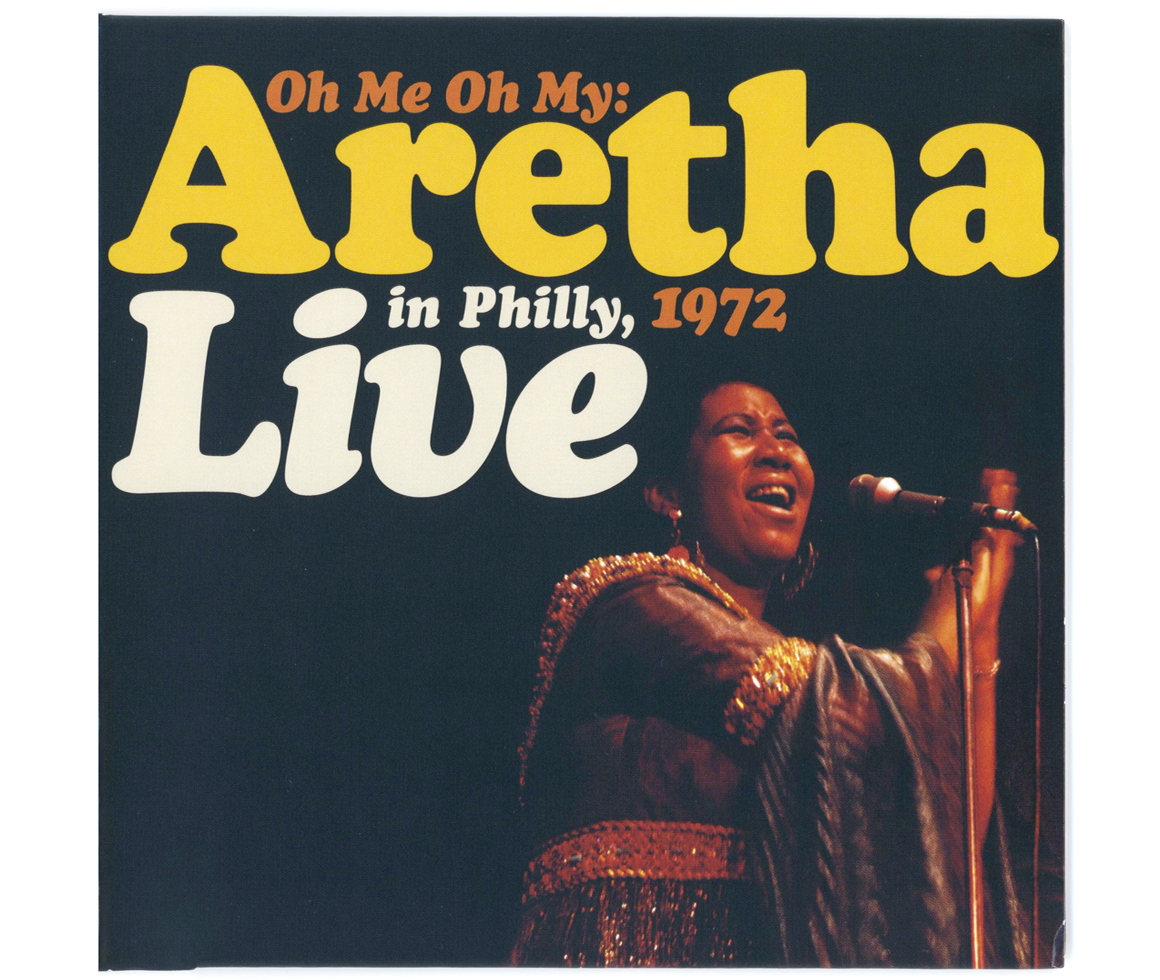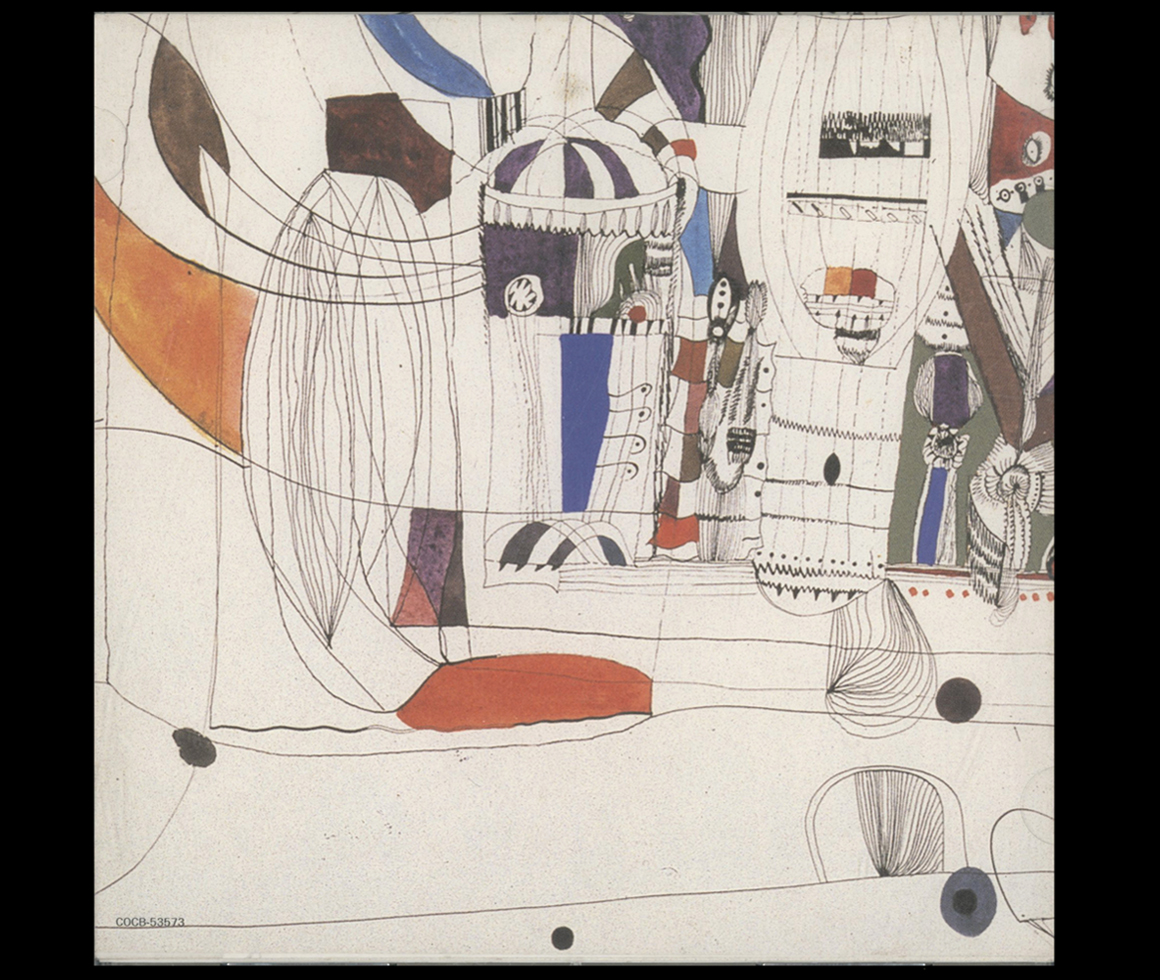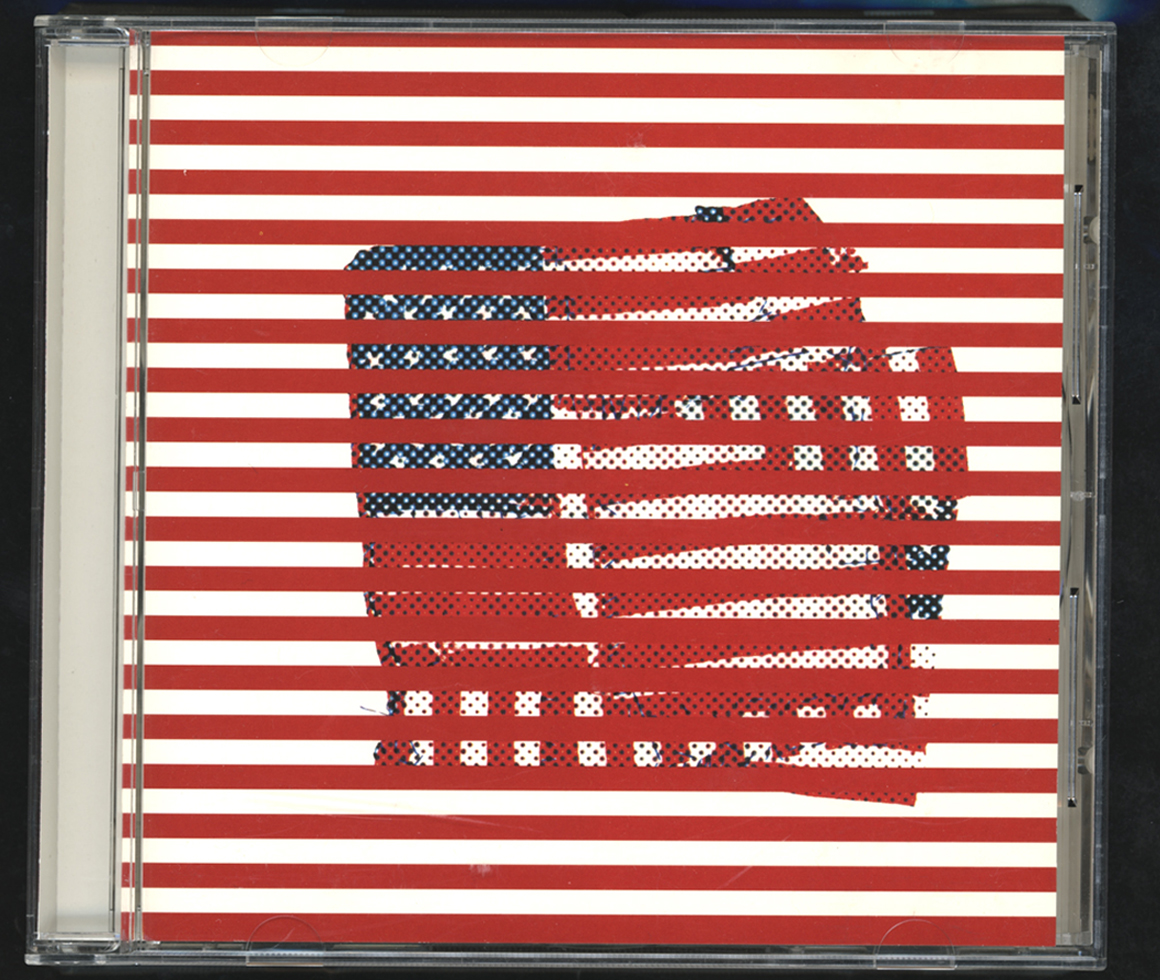蓮沼執太の月一音一盤
Shuta Hasunuma's Monthly Audio Platter - This month’s album : Aretha Franklin's "Oh Me Oh My : Aretha Live in Philly, 1972"
2021.07.23
Words by Shuta Hasunuma

When you listen to this album, you are overcome by the strange sense that you're up on stage with Aretha. Most live albums, of course, are recorded so that it sounds like you're there in the audience, but this one is a little different. It has a truly "live" feel, like you are up on stage, hearing Aretha sing as you play an instrument of your own. It's a very unusual feeling. The COVID-19 pandemic, over a year long, has dramatically reduced the number of opportunities people have to hear music performed live. In my own concerts , I've used live streaming to try to give the audience a sense of being at the show. In doing so, I often find myself thinking about where people will be when they listen to us play. If we were playing in a concert hall, would they be in the middle of the uppermost seats, or would they be right in front of the stage? While you can feel the acoustics no matter where you are, the way things actually sound varies depending on where you are. Listening to this album again, with that in mind, I wondered about the listener's perspective in this live album. This album encapsulates a single night's performance. Press "Play" and you can feel the heat and excitement of the venue pouring out of the speakers in the form of sound. The band responds to the audience by sending sound out into the concert space. After a minute and a half, Aretha takes stage, and the energy level immediately jumps to full intensity. Live albums aren't made simply to serve as records of good performances. I don't find myself interested in recordings that are focused on technical precision. This album, however, captures the excitement of the audience, whose sounds combine with Aretha Franklin's singing and the band's playing to form part of the performance. It reaffirms the fundamental nature of live performances -- the relationship between performing music and listening to music. I feel a sense of joy at the root of this relationship. This month's theme, therefore, is "live performance." Aretha Franklin has released countless beautiful hits, so please have a listen and enjoy her wonderful singing voice.
Contributors

Shuta Hasunuma
Musician
Born in 1983 in Tokyo. In addition to releasing his own recordings and organizing and performing with the Shuta Hasunuma Philharmonic Orchestra both in Japan and abroad, he has collaborated in genres across the performing arts, including film, theater, dance, and musical production. Most recently, he has been applying musical composition techniques to a variety of media to present video, sound, sculpture, and installation works in both solo exhibitions and projects. He is active in Japan and abroad. In 2014, he received a grant from the Asian Cultural Council (ACC), and in 2017, he was a member of the Agency of Cultural Affairs’ East Asian Cultural Exchange Envoy. His major solo exhibitions have included “Compositions” (New York, Pioneer Works, 2018) and “~ ing” (Tokyo, Shiseido Gallery, 2018). His latest album is Shuta Hasunuma Philharmonic Orchestra’s “ANTHROPOCENE” (2018). For “~ ing” (Tokyo, Shiseido Gallery, 2018), he was awarded the 69th Art Encouragement Prize for New Artists from the Minister of Education, Culture, Sports, Science and Technology.




